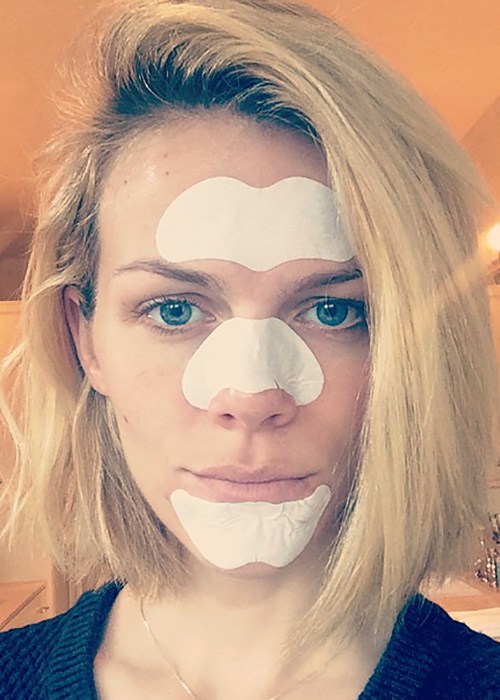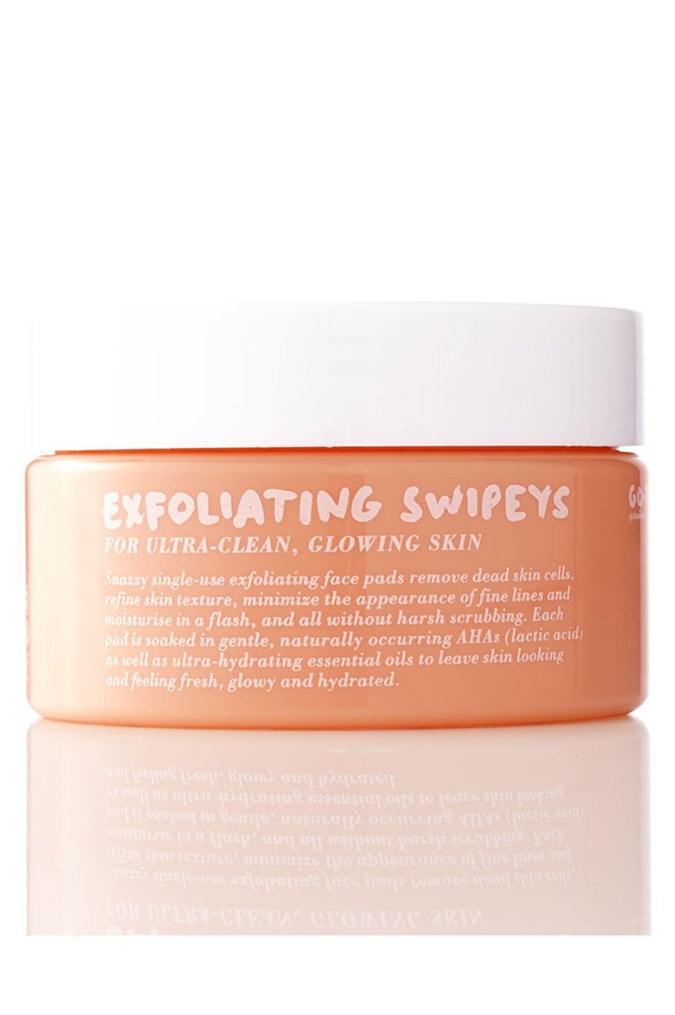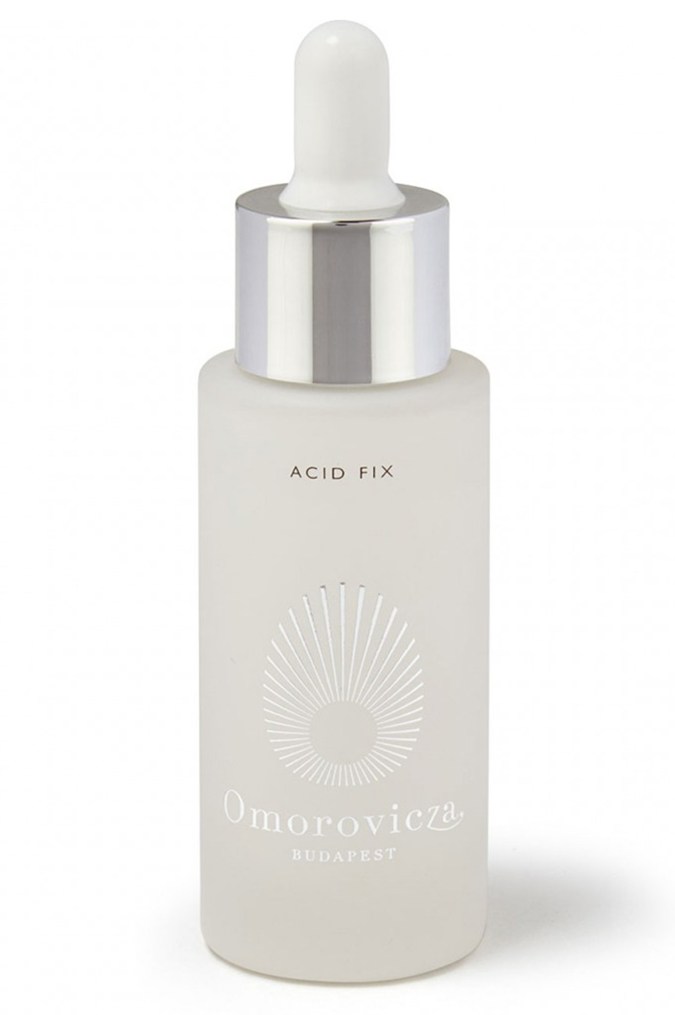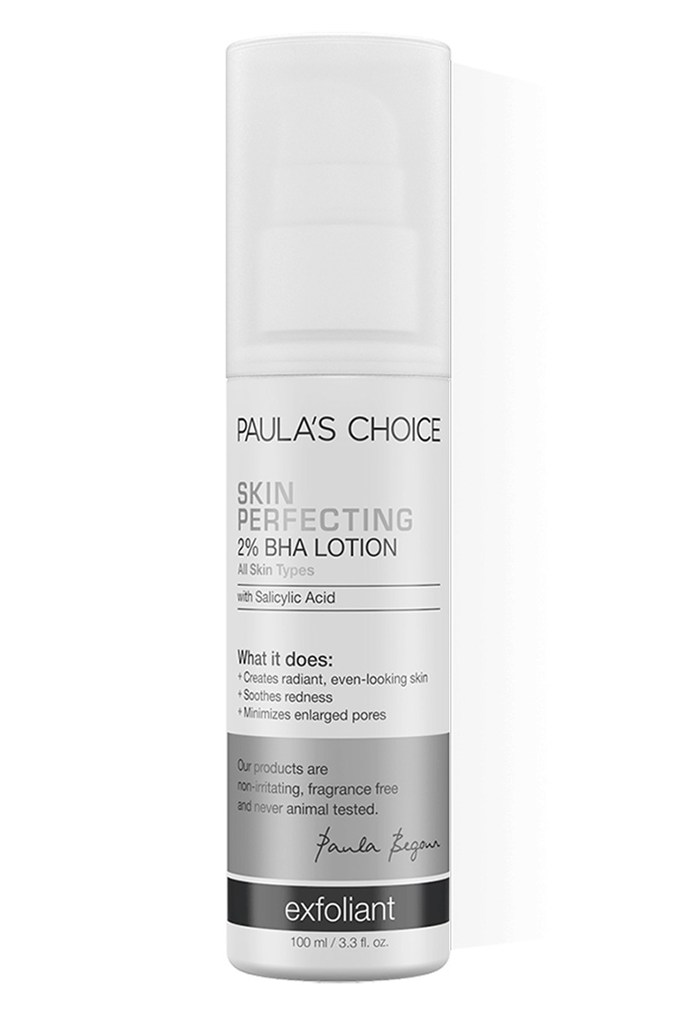We found out whether pore strips actually work

Plus the best ways to treat and prevent blackheads
Unfortunately, instant gratification is rare in the world of skin care, with most products taking several weeks (if not months) to yield results. However, one product that does promise to deliver results immediately is the humble pore strip. After all, you need only look at all the gunk a strip pulls out once to become hooked on the blackhead-removing tool.
But do they really work in the long-term treatment of blackheads? To find out, we spoke to skin care expert and Director of Shine Skin and Body, Sheridan Rollard.
How pore strips work
Although there are a plethora of different pore strips on the market, they all essentially function like a (much more technologically advanced) plaster. Each fabric strip is coated with an adhesive – which is activated by wetting your skin prior to application – that sticks to the outer layer of skin. After a 10-to-15 minute drying period, the strip is removed, carrying with it a certain amount of dirt and oil from within your pores.
Do pore strips actually work?
According to Rollard, while the pore strip may successfully remove dirt and oil that’s lingering in the upper layers of your skin, it may not always reach deep enough to remove the rooted part of the blackhead.
So yes, pore strips do work, but it’s important to understand that when it comes to the long-term prevention, treatment and removal of blackheads, you may be better off using a combination of pore strips with targeted skin care solutions.
The best ways to treat and prevent blackheads in the long-term
While using a pore strip to pull out some of the dirt and oil from your skin is satisfying, they sadly can’t treat the root of the pore-clogging problem and prevent future blackheads. Which is why it’s a good idea to couple-up your pore strip sessions with a good skin care routine and professional treatments. Rollard notes “extraction facials are the best remedy. [Facialists] are highly trained to be able to extract your blackheads fully and gently. [During a treatment] the skin is prepared to ensure no damage is done and the process ensures full extraction of the blackhead so your pores can actually be cleaned and cleared.”
In addition to regular in-salon treatments, Rollard also recommends regular exfoliation (two to three times a week) with a chemical formula packed full of beta hydroxy acids (BHAs), as BHAs actually “help to control how big your blackheads become and how many you get.” And as they say, prevention is always better than a cure, so get exfoliating!
Three of our favourite chemical exfoliators include Go-To Skincare Exfoliating Swipeys, Omorovicza Acid Fix and Paula’s Choice Skin Perfecting 2% BHA Lotion Exfoliant.

Go-To Skincare Exfoliating Swipeys

Omorovicza Acid Fix

Paula’s Choice Skin Perfecting 2% BHA Lotion Exfoliant.
While regular exfoliation is essential, it’s important not to go overboard. Make sure to read our article on how over-exfoliating can damage your skin.
What’s your favourite chemical exfoliant? Let us know in the comments below.
Main image credit: @brooklyndecker

Kate started working for BEAUTYcrew in early 2016, first as a contributor, and was then named Beauty Writer in 2017. She loves picking the brains of the industry's top experts to get to the bottom of beauty's toughest questions. Bronze eyeshadow palettes are her weakness and she's forever on the hunt for the perfect nude nail polish to suit her fair skin. Her words can also be found in Men's Health magazine, and she now works in PR.







